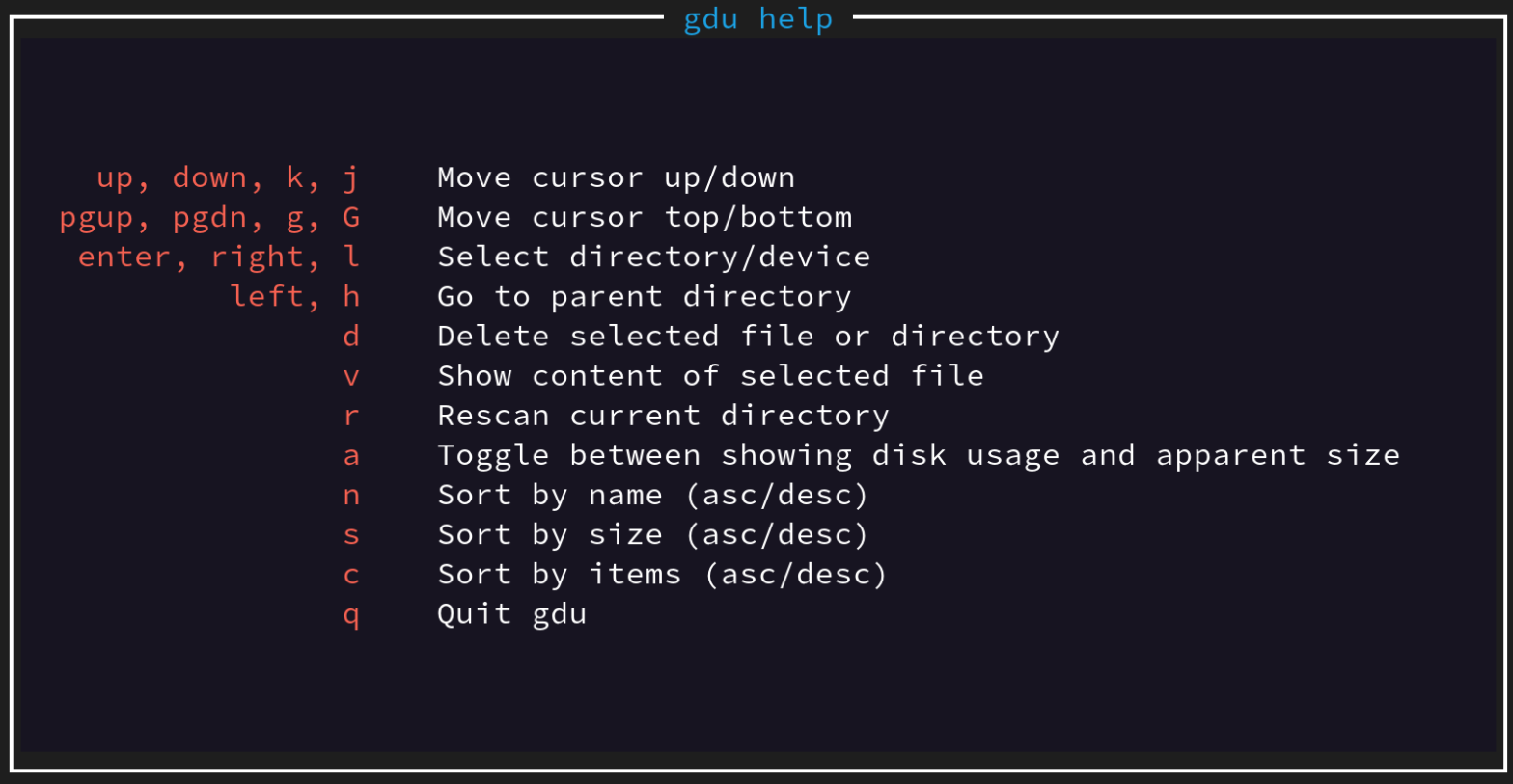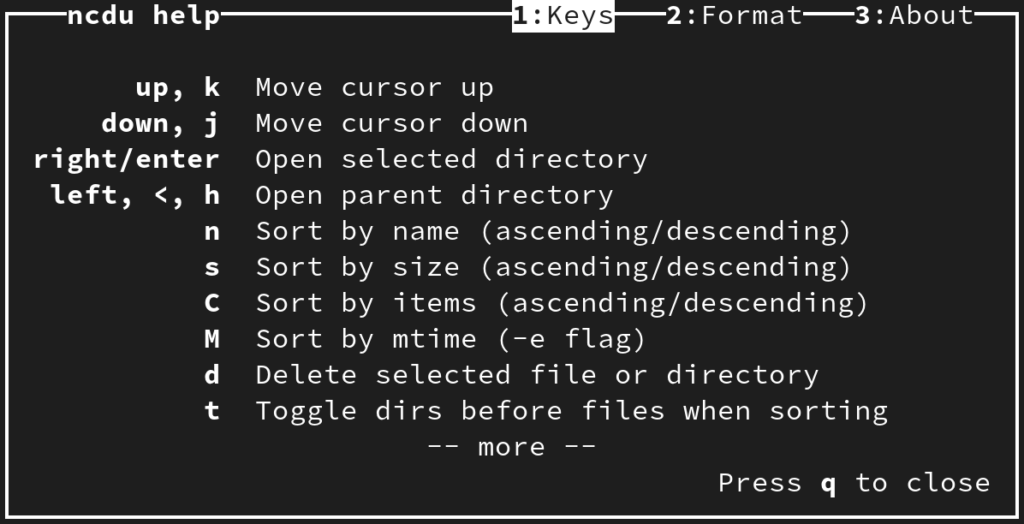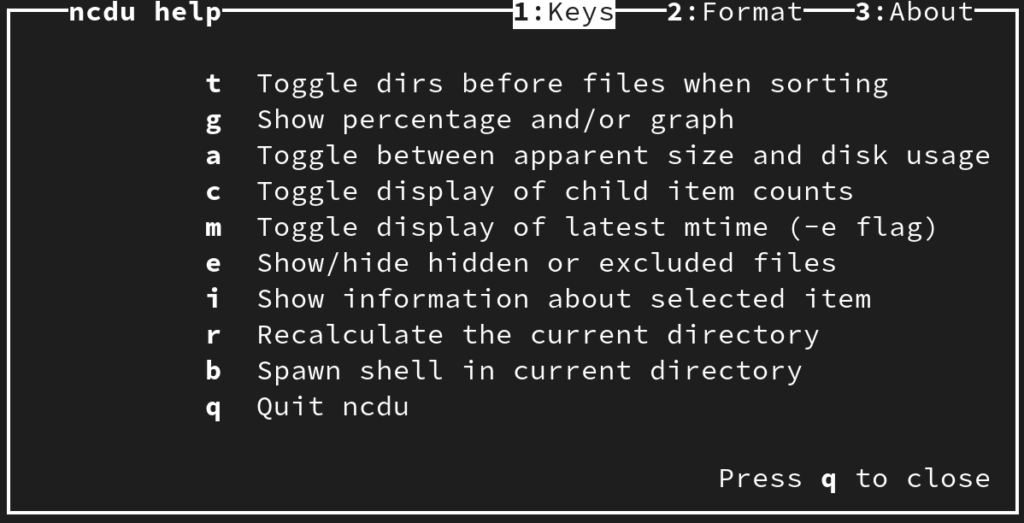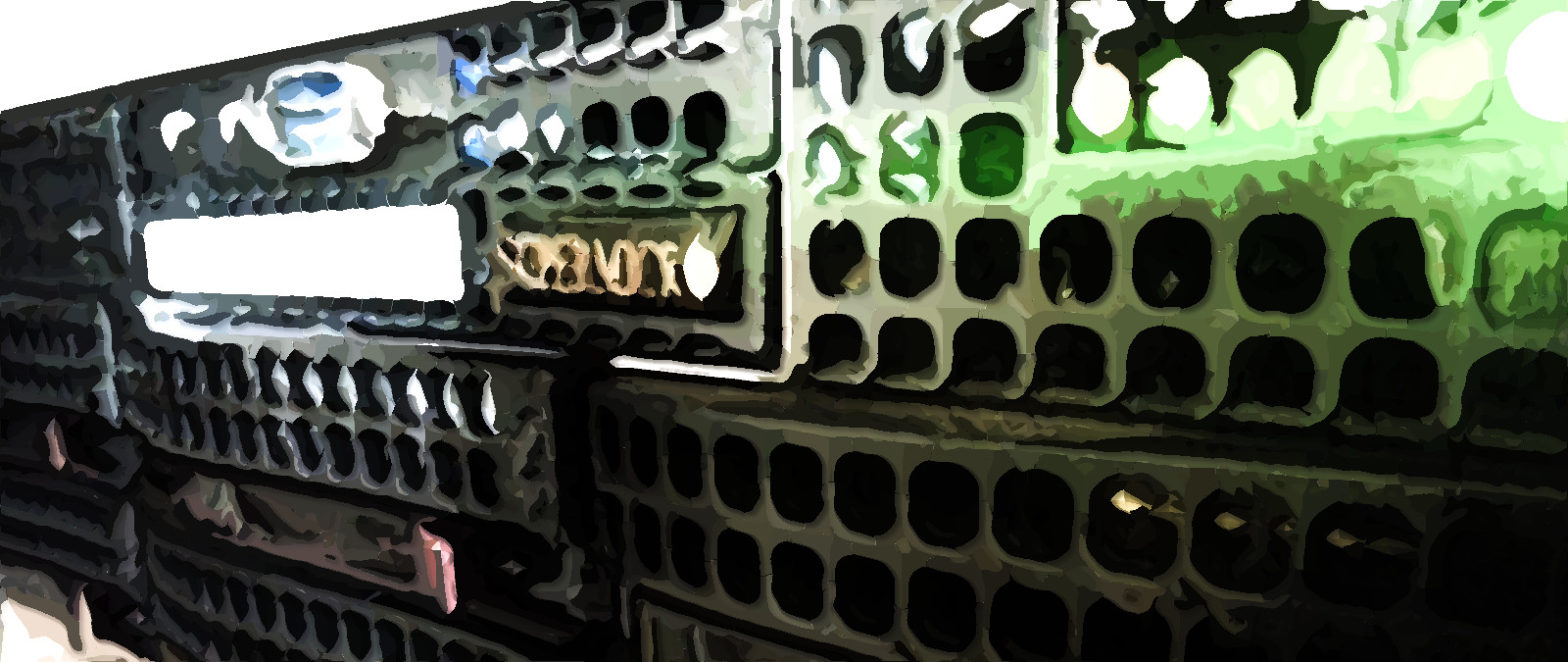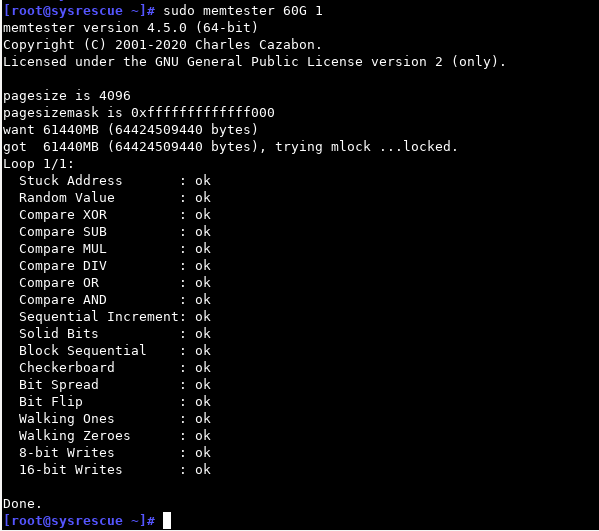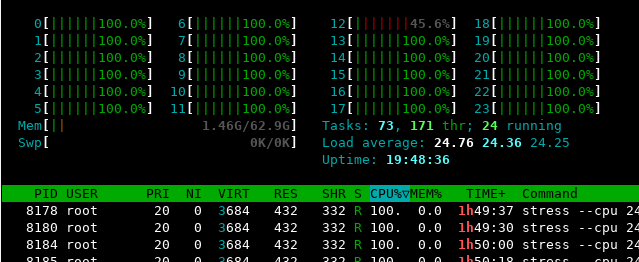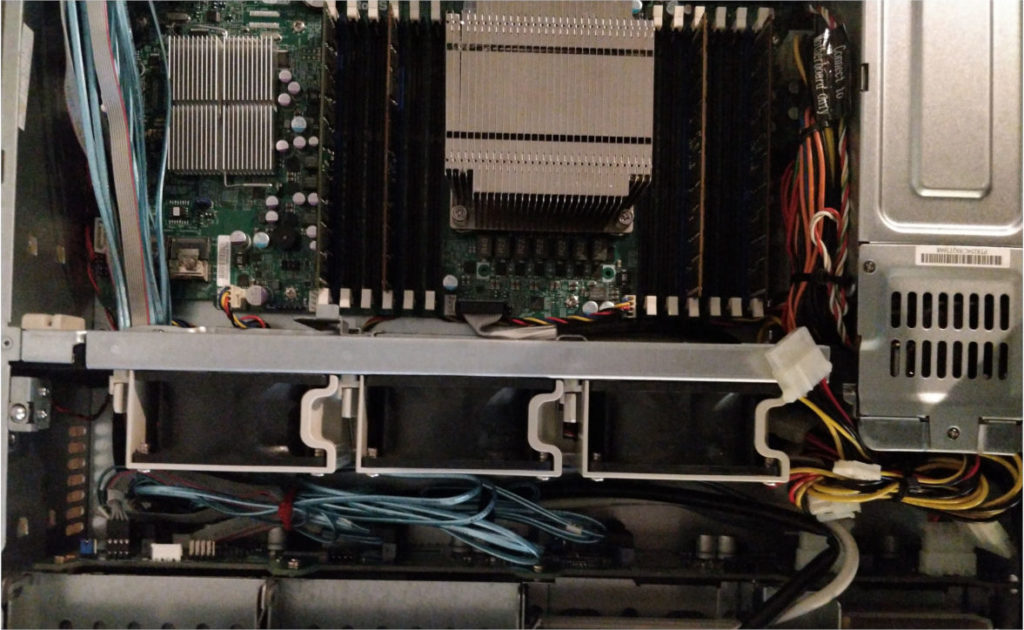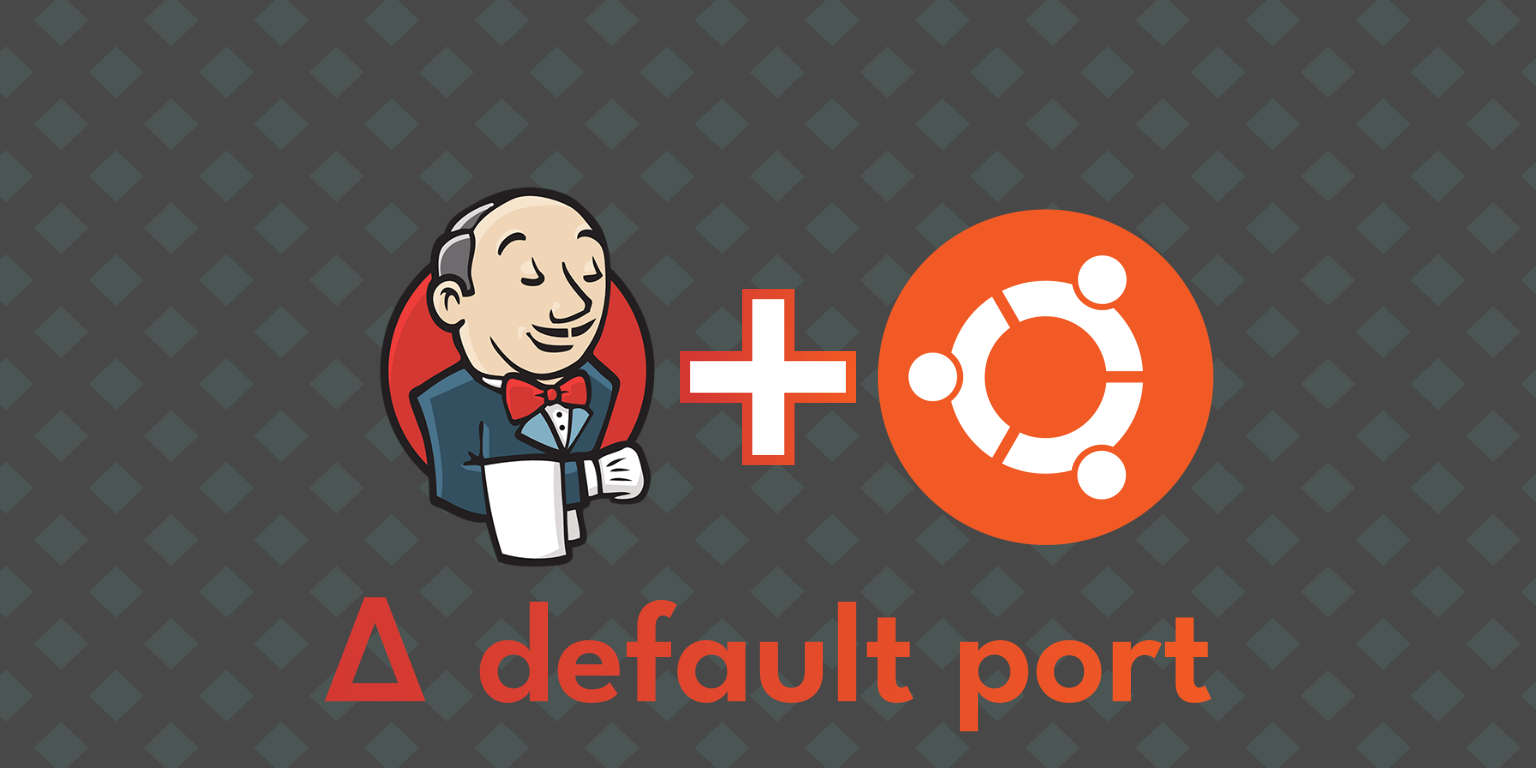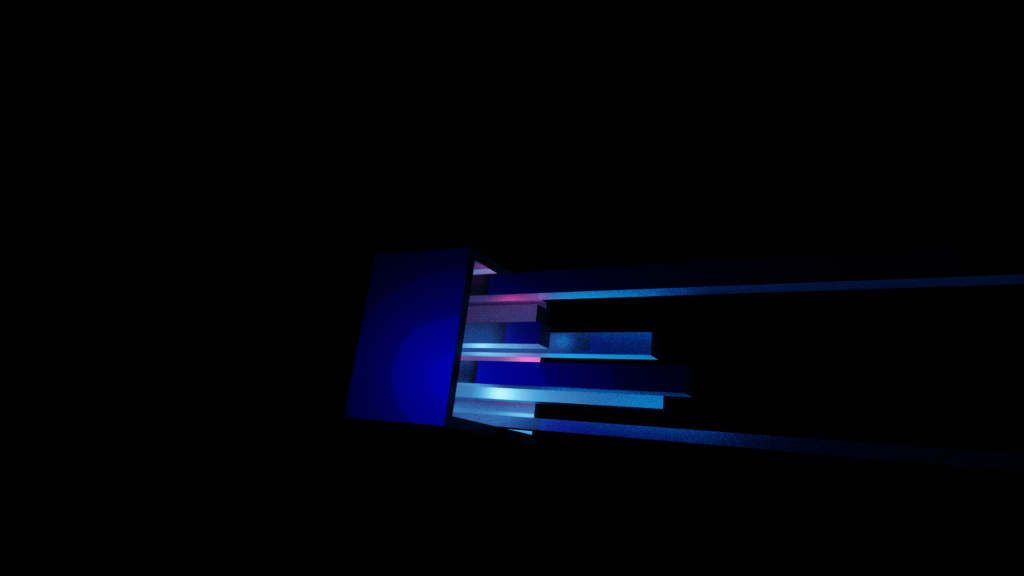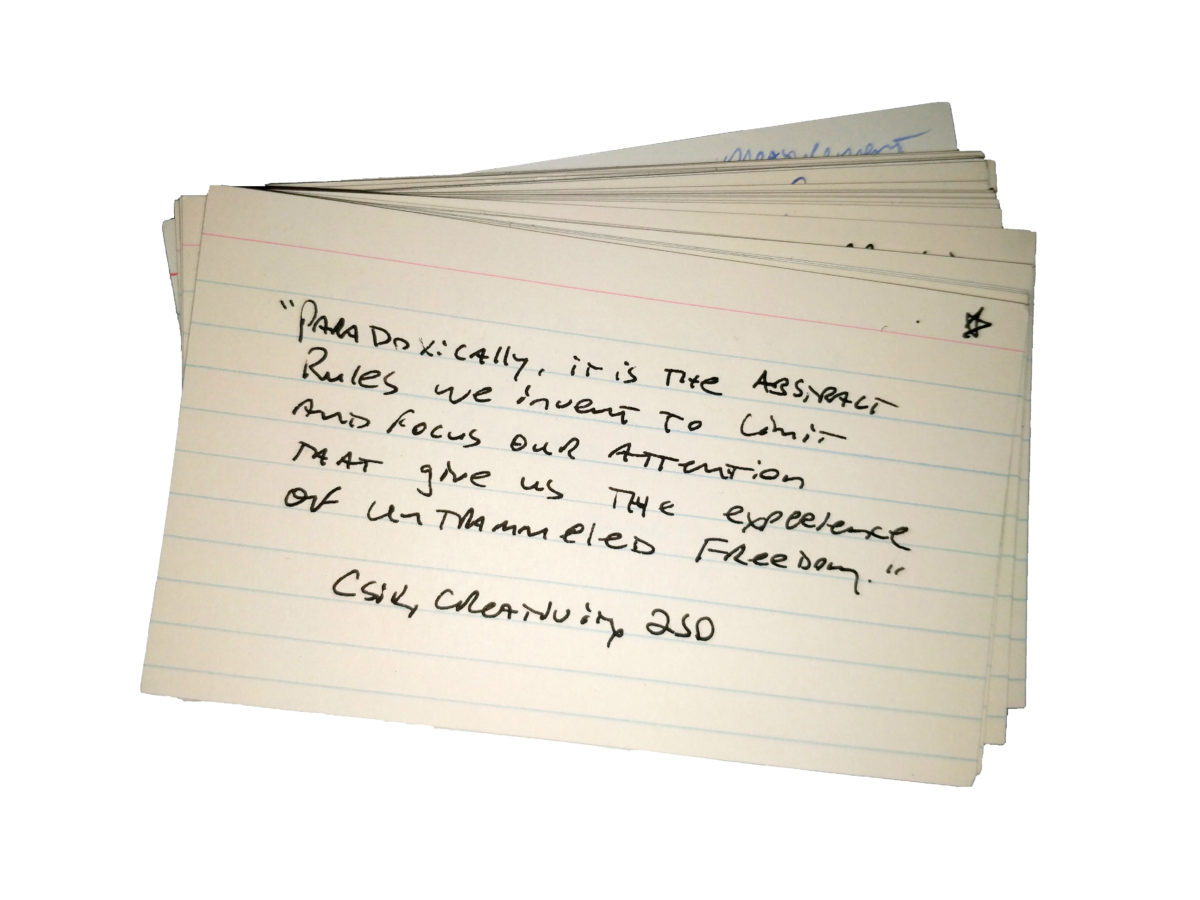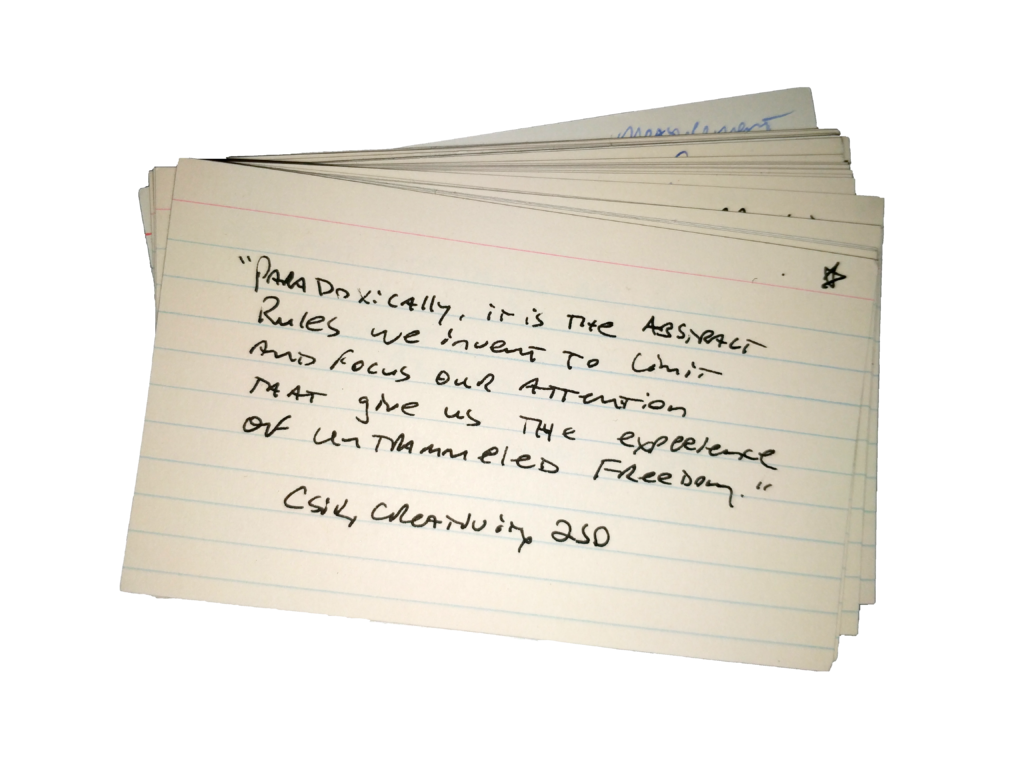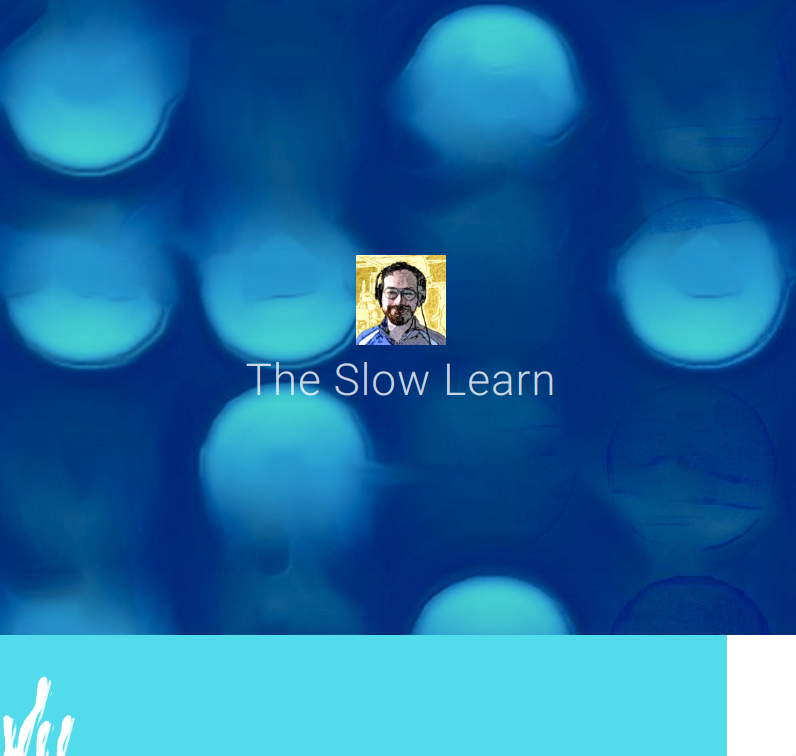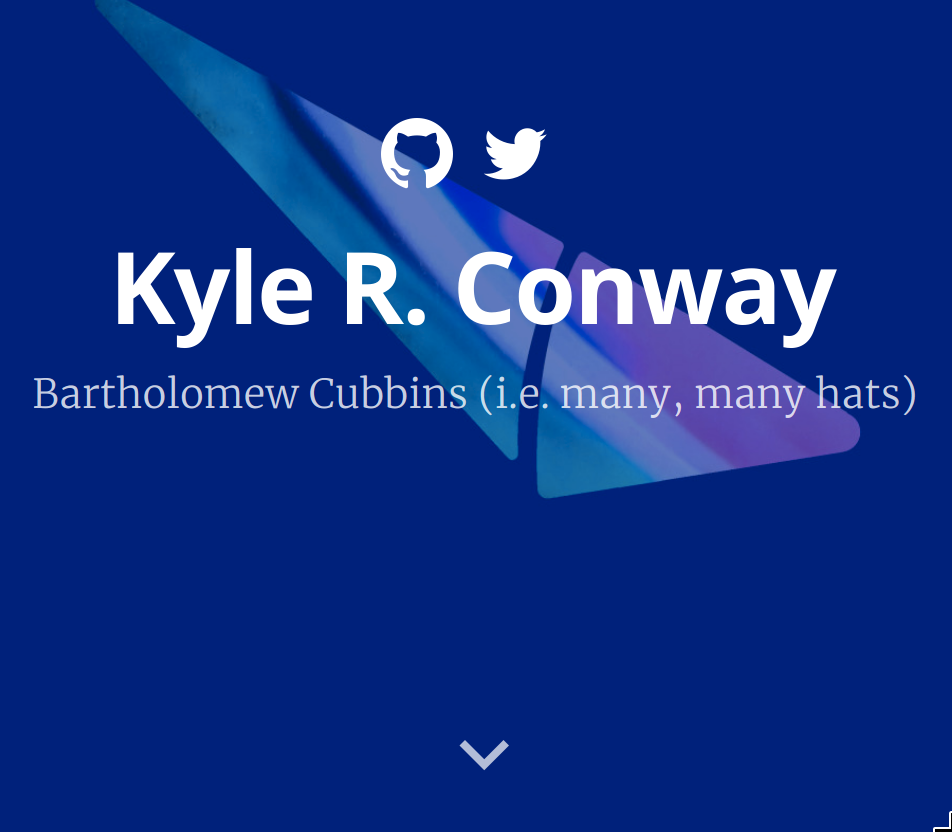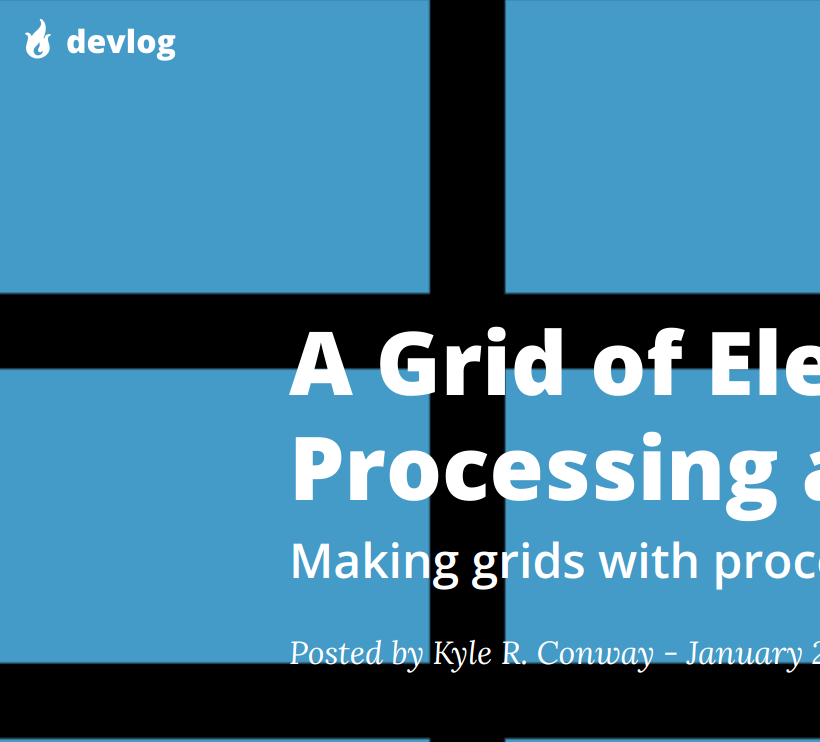I have always loved this poem.
Mary Conway – 2020-04-01
This year I love it differently.
This was sent during the earliest days of social distancing amidst the COVID-19 pandemic to me by my sister Mary. She included the following poem:
"Spring" by Edna St. Vincent Millay To what purpose, April, do you return again? Beauty is not enough. You can no longer quiet me with the redness Of little leaves opening stickily. I know what I know. The sun is hot on my neck as I observe The spikes of the crocus. The smell of the earth is good. It is apparent that there is no death. But what does that signify? Not only under ground are the brains of men Eaten by maggots. Life in itself Is nothing, An empty cup, a flight of uncarpeted stairs. It is not enough that yearly, down this hill, April Comes like an idiot, babbling and strewing flowers.
Even though I’d never encountered this poem before, even when reading it at the time ― within the context of this strange new reality at the beginning of the pandemic ― I also knew that I loved it differently than I would have even a month earlier.
At the time my response was to tell her that she should also write a poem, but one titled: This year I love it differently. I don’t think she has yet so I’m still waiting.
I also felt the urge to contemplate artistically the reality that for most forms of art it is not the art that changes, but ourselves. This is not a unique observation, but a very human one that is always surprising and enthralling.
Now nearly 4 years on, no meaningful end to the pandemic in sight, I “love it differently” still, and again, and anew.
It’s now 9 months after I wrote the above draft and didn’t finish posting it.
It’s now long after that. I suppose it’s time to post the post. I still love it differently.
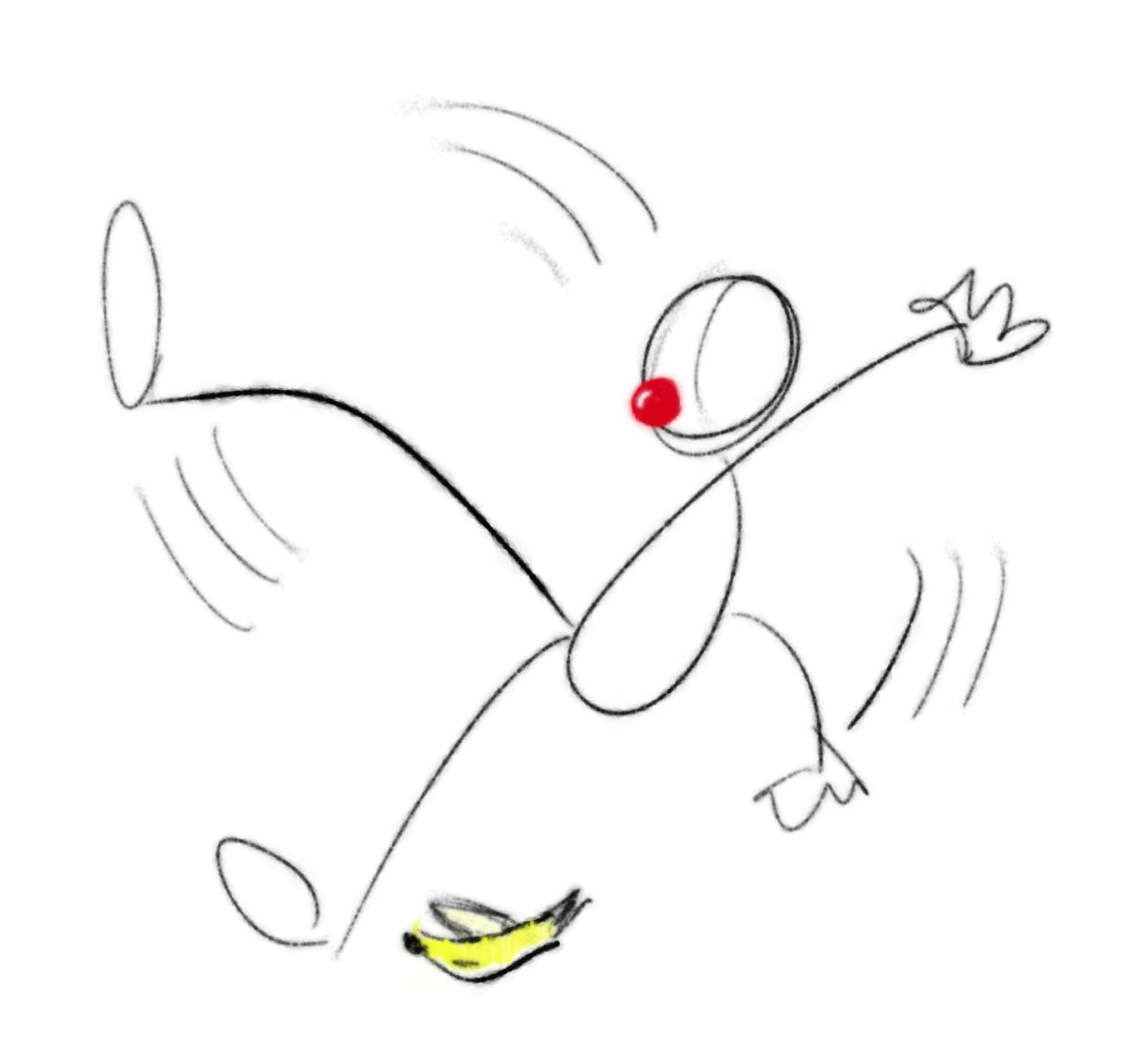

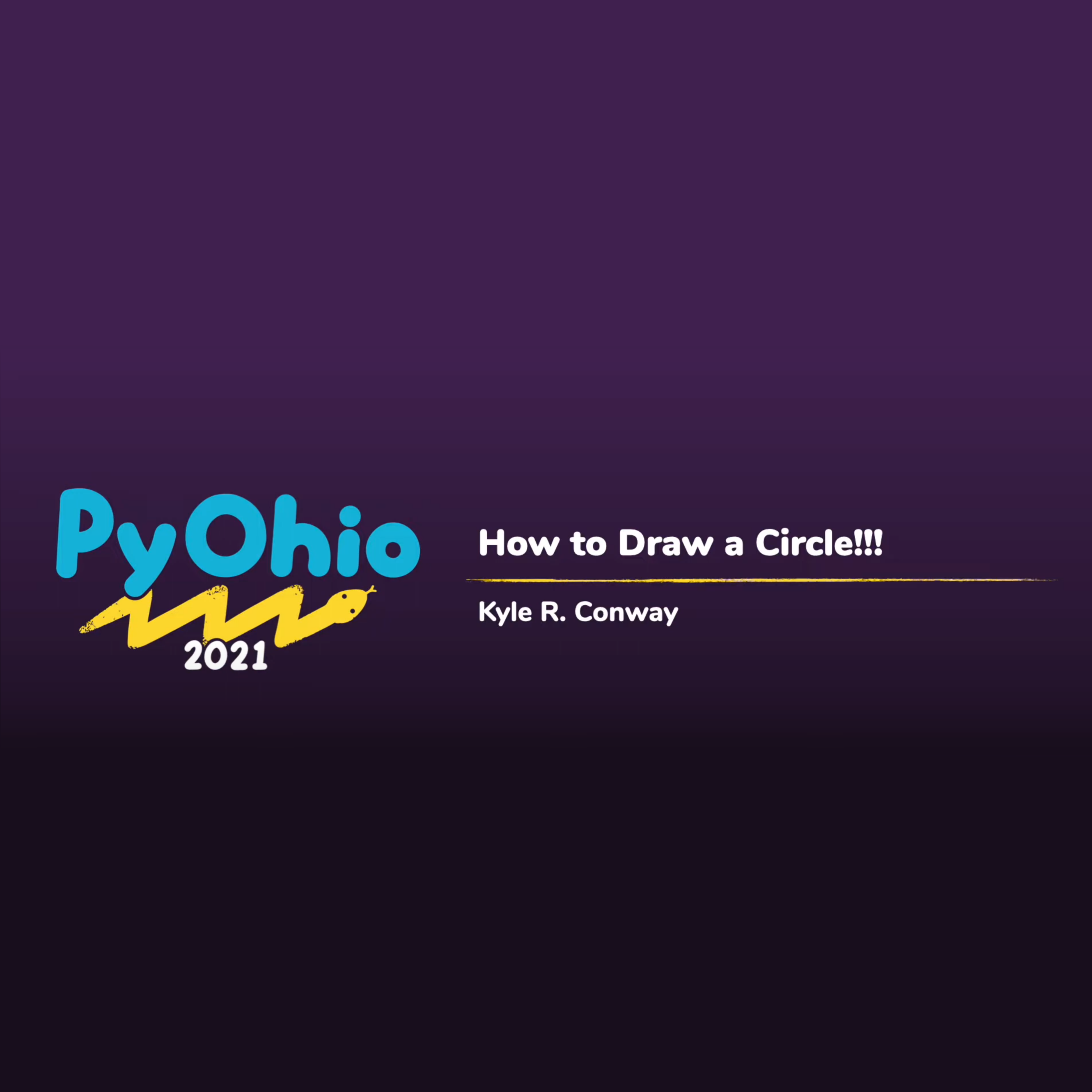
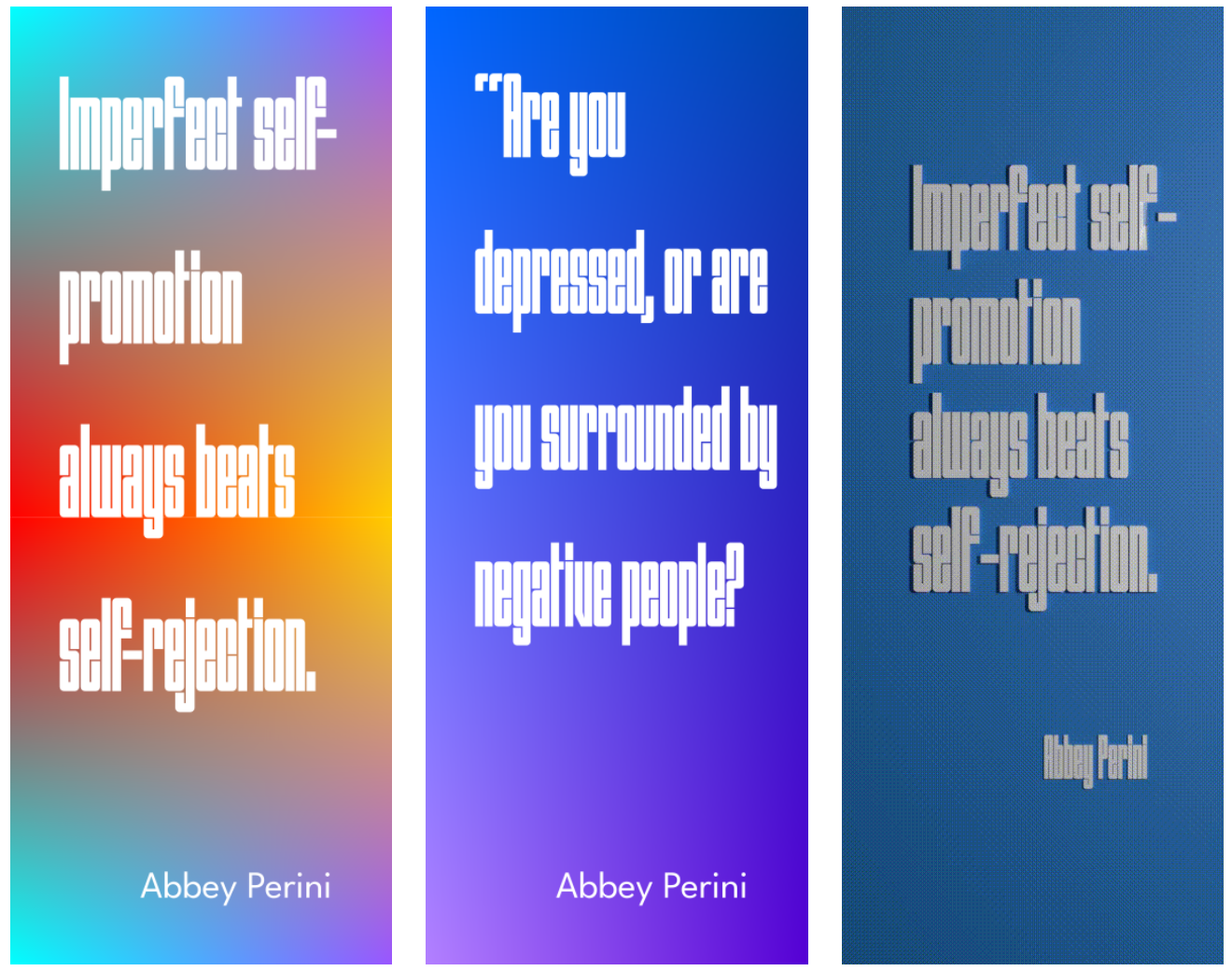
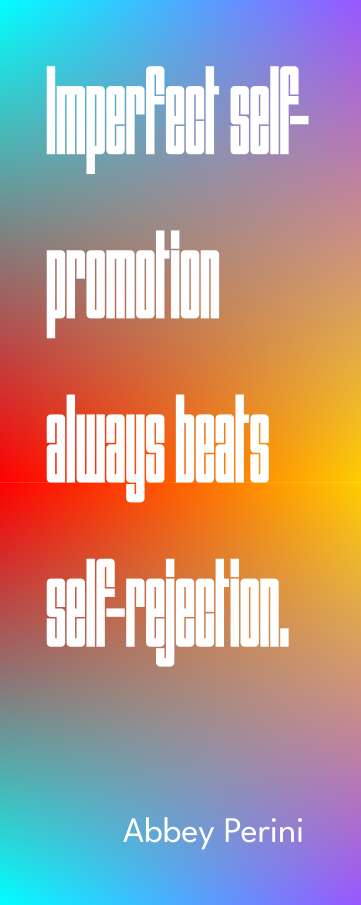
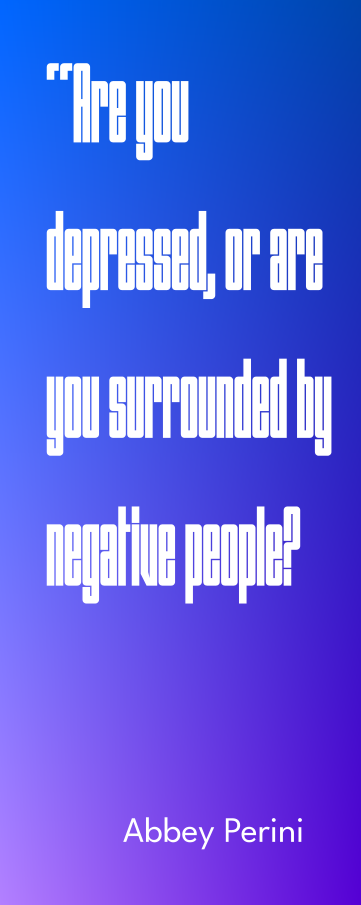

![How to draw a circle!!! [EASY BEGINNER TUTORIAL]](https://kylerconway.com/wp-content/uploads/2021/04/circle-1568x757.png)
